For an example on how far precision medicine has come over the last quarter of a century, just spend a few minutes on the phone with Debra Miller, founder and CEO of CureDuchenne.
Twenty years ago, when doctors diagnosed her son Hawken with Duchenne muscular dystrophy (DMD), not a single clinical trial was underway to study this rare, fatal neuromuscular disease that affects roughly 1 in 3,500 boys. Today, Hawken is a 25-year-old aspiring journalist, and at least 30 clinical trials for DMD are in progress.
To hear Miller tell it, the current rare-disease landscape, in terms of marketing and research and community interaction, has almost nothing in common with the one from 20 years ago.
“I’m impressed and grateful that well before they receive a drug approval, these companies invest a lot of money and resources into putting together their launch plan — everything from marketing materials to hiring staff to setting up patient support, which includes helping patients get payments through insurance,” she says.
Welcome to the new, far more patient-conscious, era of rare disease marketing.
It’s been way too long in coming. An estimated 30 million Americans suffer from rare diseases (defined by the U.S. Food and Drug Administration as a condition affecting fewer than 200,000 people). Yet most companies wouldn’t invest in rare disease research in the first place if not for the Orphan Drug Act of 1983, which provides a substantial tax credit for companies that conduct clinical trials of potential therapies for rare diseases (and thus lowers the cost of drug development).
According to the National Organization for Rare Disorders (NORD), 33% fewer rare disease drugs would be developed without the credit. In fact, before the Orphan Drug Act came into existence, the FDA approved an average of one new rare disease drug per year. But between 1983 and 2016, the agency greenlighted 451 orphan drugs for 590 rare disease indications.
In 2021 alone, 50 rare disease therapies won approval, including Argenx’s Vyvgart to treat generalized myasthenia gravis; Mirum Pharmaceuticals’ Livmarli to prevent the severe itching associated with Alagille syndrome; Genzyme’s Nexviazyme for late-onset Pompe disease; and Sarepta Therapeutics’ Amondys 45 to treat DMD patients whose mutations are amenable to exon 45 skipping.
That same year, investors spent nearly $23 billion to develop rare disease therapeutics, a 28% jump over 2020’s outlay. Yet 95% of the estimated 7,000 rare diseases known to science still lack approved treatments, let alone cures.
That’s one reason why family engagement has become a crucial component in nearly every rare-disease push.
Even before the pandemic, CureDuchenne sponsored up to 30 one-day workshops a year around the country. “These are opportunities for companies to actually meet with families and develop relationships,” Miller says. “Just reading an ad, it’s really difficult for families to put things in perspective .… We try to educate the patient community on what’s out there, working very closely with the pharma companies on how to communicate in a clear, understandable way.”
Dr. Terry Jo Bichell, executive director of the Consortium for Outcome Measures and Biomarkers for Neurodevelopmental Disorders, agrees. Like Miller, her work straddles the personal and the professional: She has a son, Louie, with Angelman syndrome, one of 33 rare genetic neurodevelopmental diseases covered by her nonprofit.
“We’ve all seen those TV advertisements for rare disease treatments, but I wonder how many of the people who see them actually end up following the links,” she says. “Drug companies really need to work with patient advocacy groups like ours, because these groups are the ones who know the patients and where they are all over the world.”
While Bichell isn’t averse to working with any number of organizations across the health-tech continuum — she praises Ambit for helping educate primary care practitioners on the importance of diagnosing and treating rare conditions — she warns that it comes with a potential cost.
“You have patient advocacy groups that know the names of patients and where they live, and then companies such as Ambit who are trying to get hold of the doctors,” she explains. “But the rare disease organizations have to be really careful, because if they favor one company over another and that company doesn’t have enough customers, they could actually sink a good drug.”
Such concerns notwithstanding, many industry veterans — including Karin Waldman, EVP and director of strategic services at Patients & Purpose, who has been working in rare diseases for over a decade — marvel at the changes.
“Rare diseases is one of the few areas where there could be real advances for patients, even in rare cancers that were once completely untreatable. It’s amazing to see a rare disease such as biliary tract cancer that now has a targeted therapy,” she says.
But changes in the media landscape, she adds, pose potential dangers for organizations that haven’t adjusted their approaches to better accommodate patients and families.
“With the rise of social media, rare disease patients — who were formerly scattered around the world — now have a platform to connect and be empowered. Any successful campaign needs to partner with real patients, because if a pharma company makes a misstep, everyone will know,” she says. “On the flip side, if they do the right thing and treat patients correctly, they’ll be very successful.”
Interestingly, Waldman isn’t big on TV campaigns for rare diseases.
“In this case we rely on the internet for communications. It’s where patients and caregivers go for information, and it just makes sense,” she says. “Their hands are full with their child, so giving them online tools lets them absorb content and information on their schedule. It needs to be when they want to access it, not when we think they want to access it.”
Bo Bigelow, one of the cofounders of the Rare Disease Film Festival, couldn’t agree more.
Bigelow is the father of Tess, a 12-year-old girl with Hao-Fountain syndrome, an ultra-rare mutation of the USP7 gene that causes speech impairment and autism-like symptoms. She was the eighth person in the world identified with the condition.
“And now we’re up to 135,” Bigelow says proudly, a testament to his work as chairman and cofounder of the Foundation for Hao-Fountain Syndrome, which he runs with his wife Kate McCrann. “In the last couple of years, organizations like ours with a cohort of that size or even smaller are starting to talk to each other in more systematic ways.”
It goes without saying that families such as the Bigelows are monitoring the rare disease landscape more closely than ever.
“What’s changing over time is that the voice of organizations like ours are moving into the front of what marketing is about,” he notes. “For years, biotech and pharma firms have offered these platitudes about the patient voice, but they haven’t really embraced that idea in spirit. Now that we’re all talking to each other and comparing notes, the drug companies are starting to see our patients as people — and that’s starting to become a bigger part of how they market.”
And don’t discount the relationships with KOLs across a range of clinical areas. Such relationships, notes Global Genes CEO Craig Martin, help advocacy organizations play a more active role in drug development than ever before.
“That’s important, because so few rare diseases actually have an approved treatment,” he explains. “So by the time an organization has a therapy that’s approved and available, they should have set up a relationship with that community, and through that have the ability to reach patients in a very targeted way.”
The ultimate example of that, Martin says, was the Cystic Fibrosis Foundation, whose years of cooperation with Vertex ultimately yielded three FDA-approved treatments for cystic fibrosis.
“Other communities in the larger rare disease area looked at that and said, ‘That’s probably a good model to follow,’” he adds.
Even so, Martin cautions again that only a small percentage of the thousands of rare diseases have approved treatments. “With the more ‘common’ rare diseases, you’re finding multiple development programs in which you’re competing for the same pool of patients, and that pool is widely dispersed,” he adds.
As for what comes next, rare disease experts believe that what’s past is prologue. Dudnyk group creative director Kristin Morris remembers the exact moment when she realized the market was changing. It happened at a conference discussing hereditary angioedema, an allergy that affects only 6,000 patients in the U.S.
“We had enjoyed being the only product in that space for a while. But as we walked around, it felt like everywhere we turned, there was a booth for a competing product for that same rare disease. It was a little surreal,” she recalls.
That’s when it dawned on Morris that patients now had so many options available to them after years of searching for answers that her client’s first-to-market claim “didn’t mean that much anymore.”
Rather, it’s all about authenticity and connection. “You can’t be flashy. It’s about purposeful innovation, about using your craft to solve real problems, to elevate voices and empower people who have been on their own for a long time,” she continues.
Indeed, with so much competition in the marketplace, the matrix for marketers has changed. They used to struggle to reach the patients and their families; now it’s challenging to be heard amid the din of messaging from other organizations. That’s why traditional tactics have been backburnered in favor of campaigns that play up the “purposeful innovation” of the products themselves, Morris says. “Claims like ‘cool science’ or ‘first-and-only’ opened doors in rare disease, but it’s not enough anymore,” she explains. “Our audiences want to feel connected to the story we’re telling and to know that we see them, and that their stories matter to us. That’s the new cost of entry.










